There are two ways to classify electrical enclosures, IP and NEMA. The first technique is based on the enclosure’s degree of security from external variables such as dust, moisture, and pollutants.
They are employed in diverse contexts and use slightly different evaluation techniques, even if they accomplish comparable goals.
Ratings for NEMA Ratings
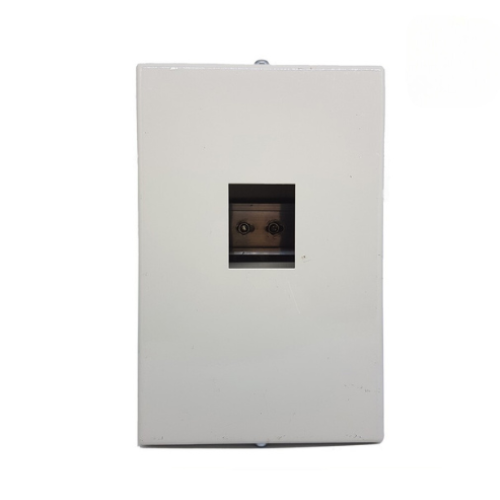
NEMA-1
- Ideal for indoor use to prevent dirt from falling.
- Keep hands away from enclosed machinery in an emergency.
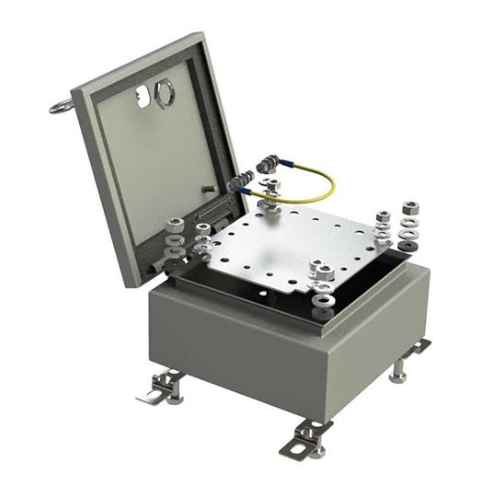
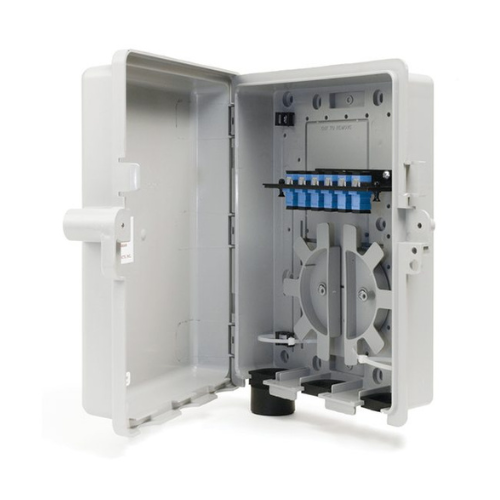
NEMA-3
- Ideal for use outside.
- Stop the formation of external ice and sleet, rain, and wind-blown snow.

NEMA-3R
- Though primarily intended for outdoor use.
- Provides superior weather protection compared to NEMA 3.
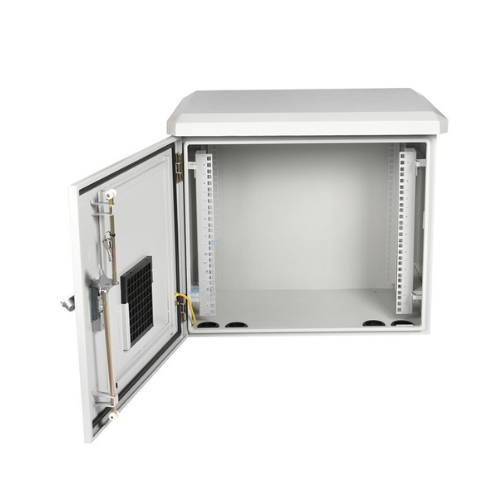
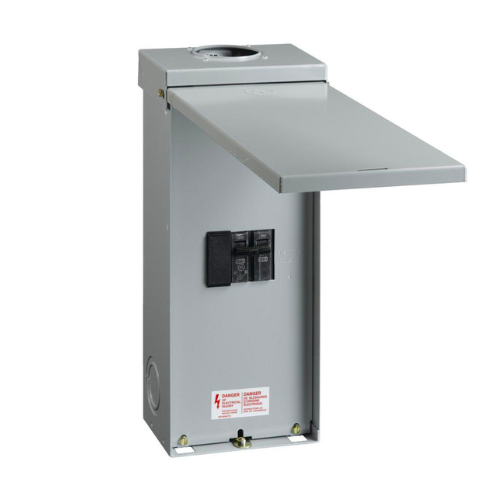
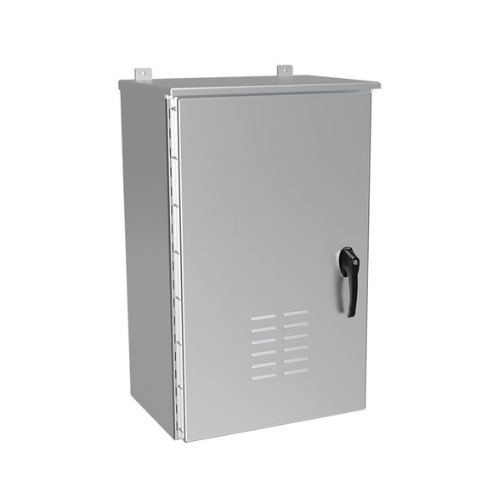
NEMA-3RX
- It combines the advantages of NEMA 3X and NEMA 3R.
- Provide protection against ice, rain, and rust.
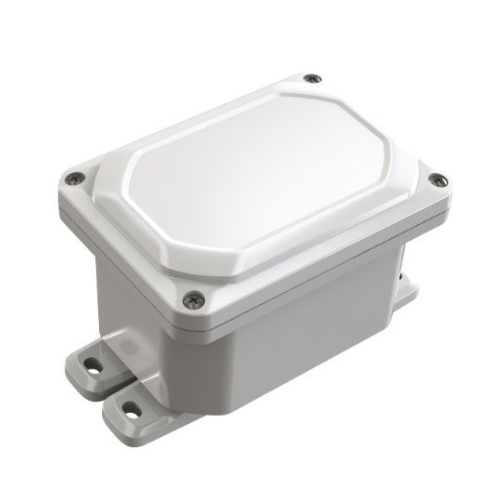
NEMA-3SX
- Incorporates NEMA 3S and NEMA 3X.
- Features to protect against weather, corrosion, and rain in harsh settings.
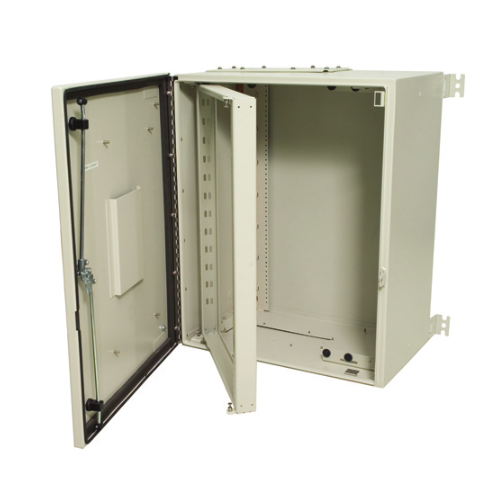
NEMA-4
- Shields against water splashing
- Rain
- Wind-borne dust
- And water directed by a hose.

NEMA-4X
- It can be used in harsh settings since it resists corrosion.
- Offers protection equivalent to that of NEMA 4
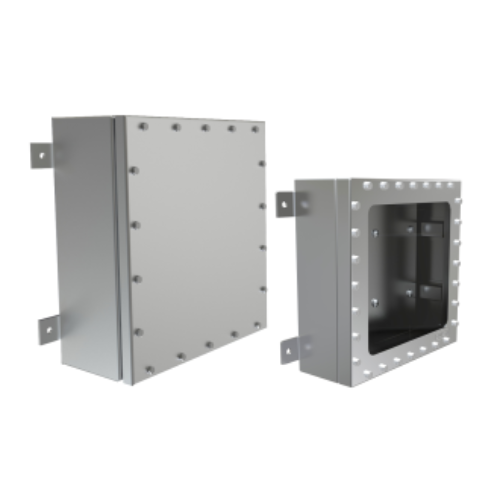
NEMA (6)
- Prevents seepage of water during brief immersion at designated depths and intervals.

NEMA-6P
- Techniques to keep water out of the water over extended periods while staying within set pressure and time constraints.

NEMA-7
- With the ability to prevent explosions.
- Made for indoor use in dangerous situations with possibly combustible gasses or fumes.
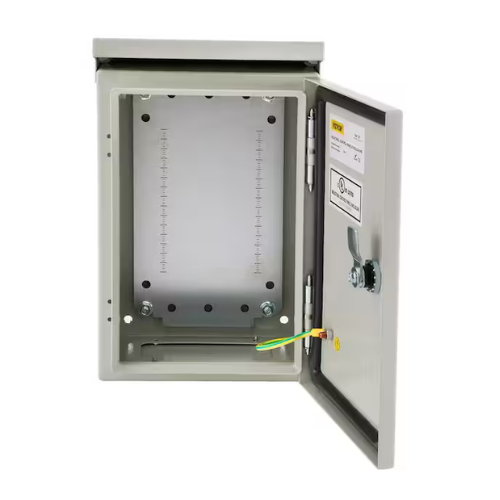
NEMA-8
- Intended for usage indoors in potentially hazardous conditions.
- Offers explosion protection.
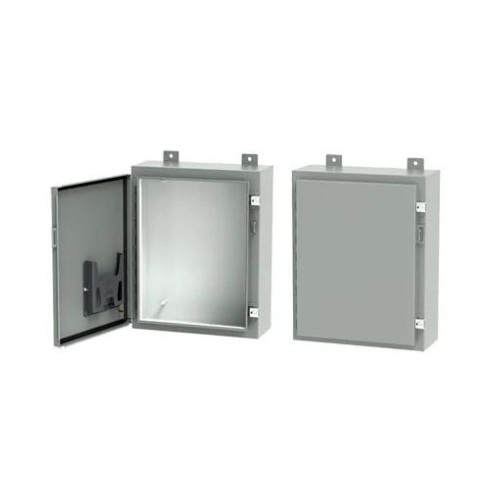
NEMA-9
- It guards against dust ignition.
- Designed for indoor use in dangerous areas with high concentrations of ignitable dust.
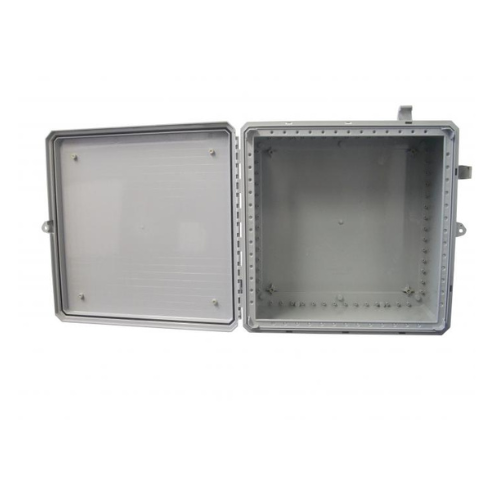
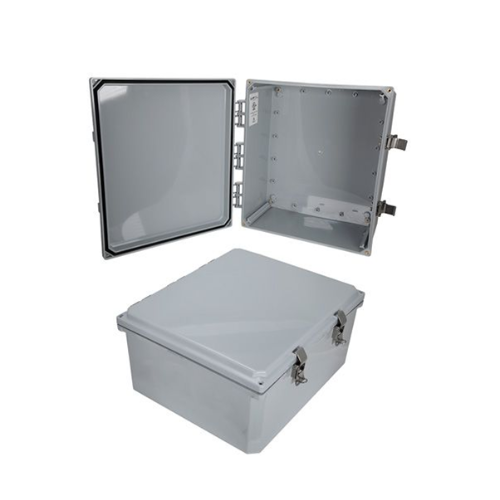
NEMA-11
- Because it is outdated, this grade is not advised for recently installed systems.
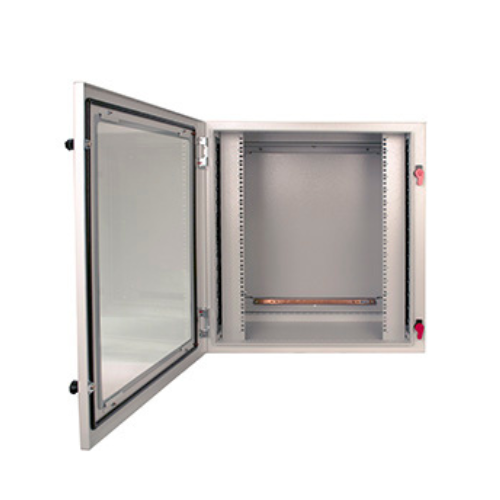

NEMA-12K
- Designed for use in agriculture
- Offers comparable protection to that of NEMA 12.
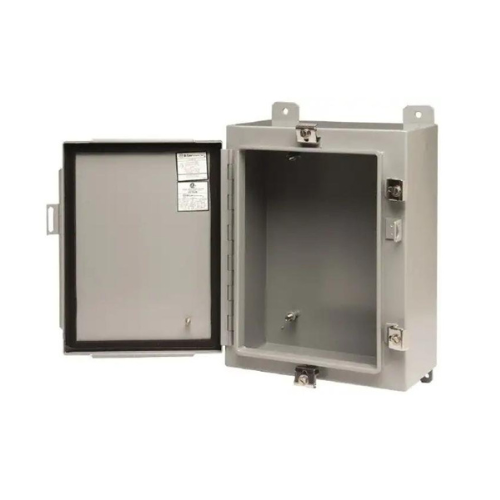
NEMA-13
- Sufficient for interior use to stop dust infiltration.
- Non-corrosive coolants and oils from leaking, misting, or splashing.
20 Products Found.
Comparing IP Enclosure Protection Ratings to NEMA Ratings: A Closer Look

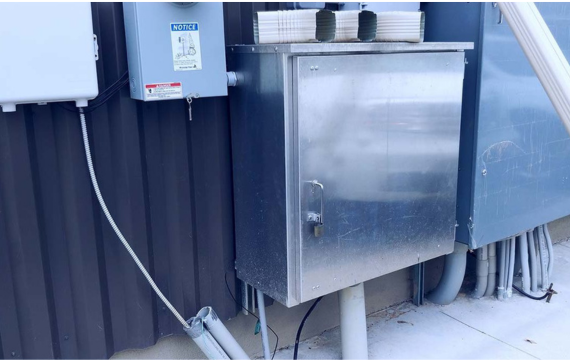
Ratings for NEMA
- NEMA founded in the US.
- NEMA ratings address more environmental factors than only solid and liquid resistance.
- A number code, such NEMA 1, NEMA 4X, etc., that is used to designate NEMA ratings indicates an environmental protection characteristic.
Ratings for IP
- IP is a global standards group founded by IEC.
- The protection of electrical enclosures from solids and water is categorized using IP ratings.
- Whereas the second depicts liquid security, the first shows solid security.
Comparison
- Both ratings are useful tools
- Protection from liquids and solids
- A wider range of environmental factors are frequently taken into account when grading NEMA products.
Ratings for IP Enclosure Protection

The Defense Against Solid Objects
- 0-No defense.
- 1-Resistance to condensation, or the vertical descent of the water droplets, is the first.
- 2-Protection against water droplets that could hit the ground at a 15-degree angle.
- 3-Protection from water that spills from vertical surfaces at a sixty-degree angle.
- 4-A blockage to stop water leaks coming from all sides.
- 5-Impermeability to low-pressure aimed in either direction.
- 6-The capacity to endure powerful water sprays aimed in any direction.
- 7-The safety of a quick, 30-minute immersion.
- 8-In some circumstances, defense against an extended submersion in water.

The Defense Against Liquids
- 0-No defense.
- 1-The barrier, known as condensation, or the vertically falling water droplets.
- 2-Defense against water droplets, which can descend at a fifteen-degree angle from the vertical.
- 3-Stops water from dripping at a sixty-degree angle off vertical surfaces.
- 4-A covering that stops water leaks in every direction.
- 5-Prevention of low-pressure, out in any direction.
- 6-Ability to withstand powerful water sprays directed from any direction.
- 7-Guards against submersion in water up to one meter deep for thirty minutes.
- 8-Protection from extended submersion in water under certain circumstances.



